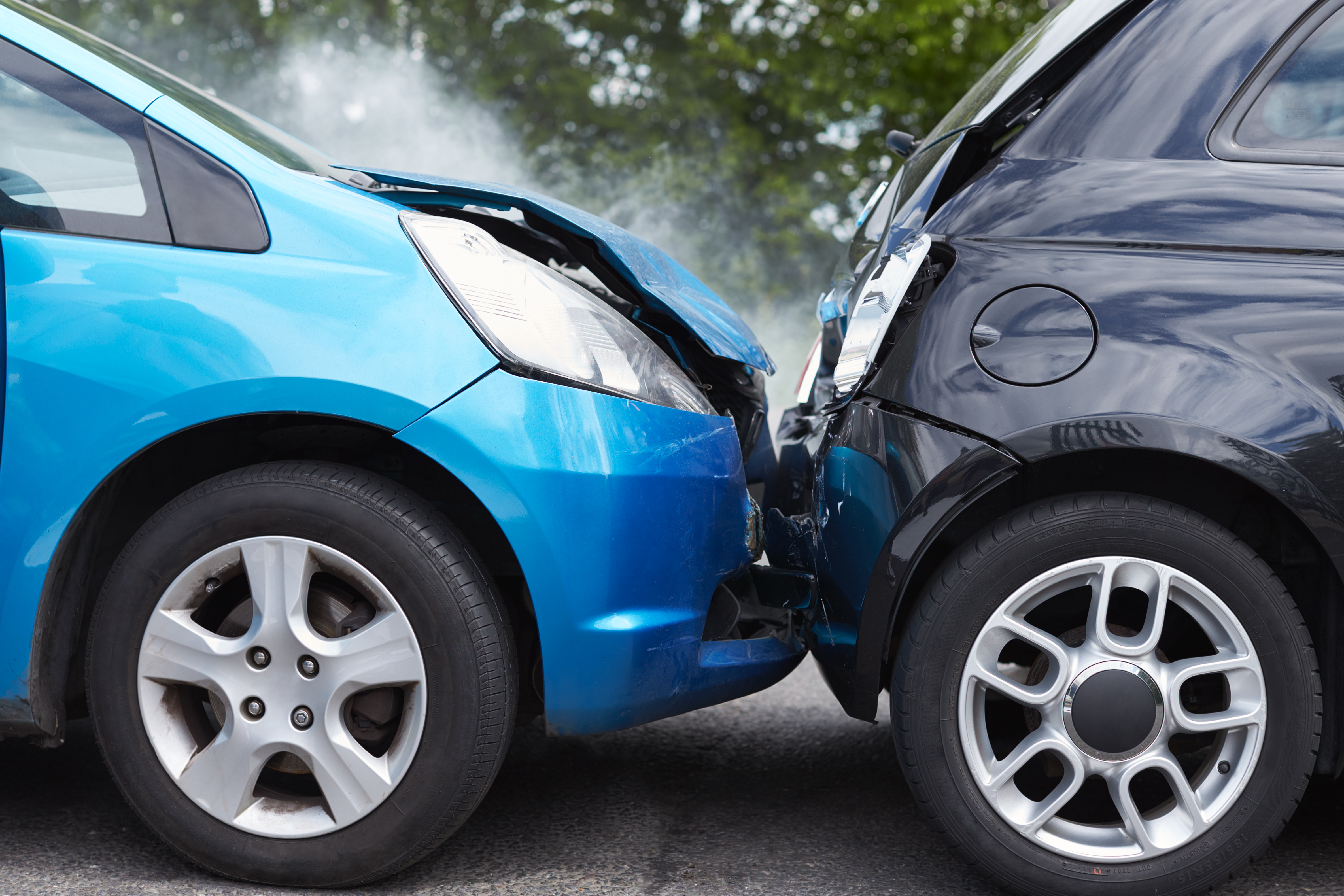If your car’s been written-off, don’t panic: you might still be able to sell your car on. Your insurer will use insurance write-off categories to determine how severe the accident is and decide whether your car’s damaged to the extent that it’s no longer roadworthy, or whether any issues are simply cosmetic.
If your car can be driven legally once it’s written-off, you’ll likely be able to find a buyer. Use our online valuation tool to find out how much your car is worth.
Table of contents
- What is a car insurance write-off?
- Cat A damage
- Cat B damage
- Cat S damage
- Cat N damage
What is an insurance write-off?
Vehicle insurance companies have strict guidelines when it comes to assessing cars that have been in an accident. While the idea of a write-off is often associated with a severe accident, you might not know that a car could only have cosmetic damage, but still be classed as a write-off.
Write-off categories used to be classified as Cat A, B, C and D, with Cat A given to cars with the most significant damage. In 2017, the categories were updated to Cat A, Cat B, Cat S, and Cat N, to highlight the road safety of the vehicle, rather than the extent of repairs needed.
- Category A: Vehicles that are badly damaged, to the point where they have to be scrapped or crushed
- Category B: Vehicles with extensive damage, that should be scrapped, but can be broken up for parts
- Category S: Vehicles with structural damage only
- Category N: Vehicles with non-structural faults, like cosmetic damage
Cat A explained
If your vehicle is classed as a Category A write-off, it’s so badly damaged that it must be scrapped. It’s against the law to sell or repair these types of vehicles, and they can never be driven legally again.
Depending on your insurance policy and the extent of damage, your insurers might give you a lump sum payout for your Cat A write-off. This will usually be to the value of your car or van before it was damaged.
Cat B explained
Cat B vehicles are deemed to have irreparable damage. You won’t be able to legally drive your car again, and the body shell will usually be scrapped. However, you might be able to recycle parts of the car that have been left intact, like the gearbox, engine or battery.
Whether your vehicle’s been determined Category A or B, you must inform the DVLA that your car or van is being scrapped. Once you’ve sent off your details, you’ll receive a letter confirming that you no longer own the vehicle, as well as a refund for any full months of vehicle tax you have paid in advance.
Cat S explained
If your insurer has given your vehicle a Category S write-off, damage has affected the car’s structure. This could include a bent or twisted chassis or a crumpled area of the body shell. If you want to get the vehicle back on the road before selling, it will need to be professionally repaired, and you must inform the DVLA before driving again.
Cat N explained
Category N is the lowest grade when it comes to insurance write-offs, and is used to categorise issues relating to steering, suspension and braking. If your vehicle has been determined Cat N, it can be driven legally once repaired and MOT’d. In most cases, you won’t need to notify the DVLA that you’re driving a Cat N vehicle.
Is it safe to buy a Cat S or Cat N car?
Whenever you buy a used car, it’s important that you complete a full background check to make sure you're aware of any previous damage. By law, Cat S and N status will need to be declared during the sales process, no matter when the vehicle was written off.
Before it’s fit for sale, the car or van will have to be repaired, re-registered with the DVLA and pass a MOT before it can be driven on the road again.
Making sure you have the right documents to hand will help you sell your category S or category N written-off car smoothly. Get in touch to find out if your vehicle’s eligible for sale with Money4YourMotors.
